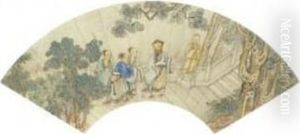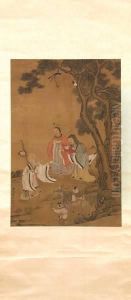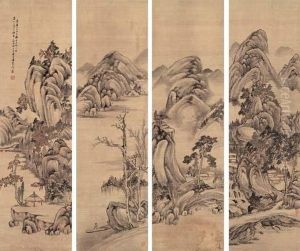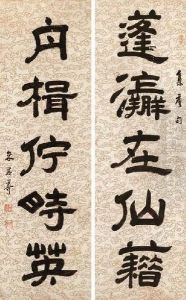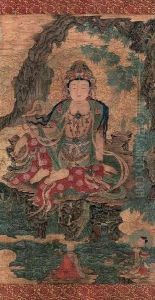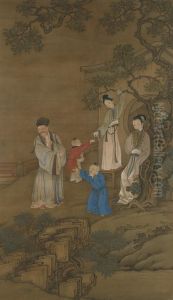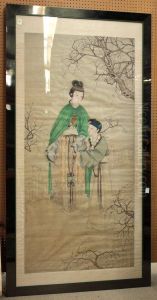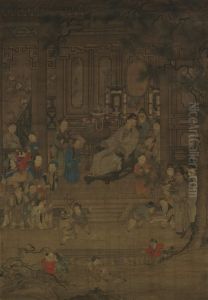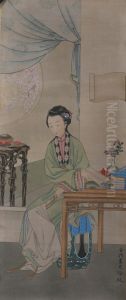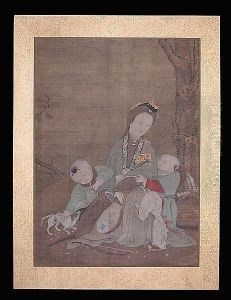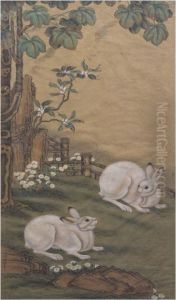Leng Mei Paintings
Leng Mei was a Chinese painter active during the Qing Dynasty, particularly known for his contributions to the genre of court painting under the Kangxi and Yongzheng emperors. His exact birth and death dates are not documented, but he is believed to have been active in the late 17th and early 18th centuries, with his career likely spanning the transition between these two emperors' reigns. Leng Mei was skilled in painting figures, landscapes, and flowers, but he is most renowned for his depictions of court scenes and leisure activities of the Qing dynasty elite.
Leng Mei's work is characterized by its meticulous detail, vibrant colors, and dynamic compositions. He was adept at capturing the opulence and refined culture of the Qing court, with a particular focus on themes of leisure and entertainment. His paintings often include elaborate settings with figures engaged in various activities, such as playing musical instruments, enjoying garden scenes, or participating in scholarly pursuits. These works not only reflect the aesthetics and leisurely pursuits of the time but also serve as valuable historical records of Qing dynasty court life.
Despite his significant contributions to Chinese art, detailed records of Leng Mei's life remain scarce. It is known that he was one of the court painters who served under the Yongzheng Emperor, and his works were highly valued for their ability to encapsulate the essence of courtly life with both accuracy and artistic flair. Leng Mei's paintings were not only appreciated in his time but continue to be celebrated for their historical value and artistic merit.
His legacy is preserved through the collections of major museums and private collectors worldwide, showcasing the enduring appeal of his artistic vision. Leng Mei's influence extends beyond his immediate period, contributing to the broader narrative of Chinese art history and offering insight into the cultural and social dynamics of the Qing Dynasty.
